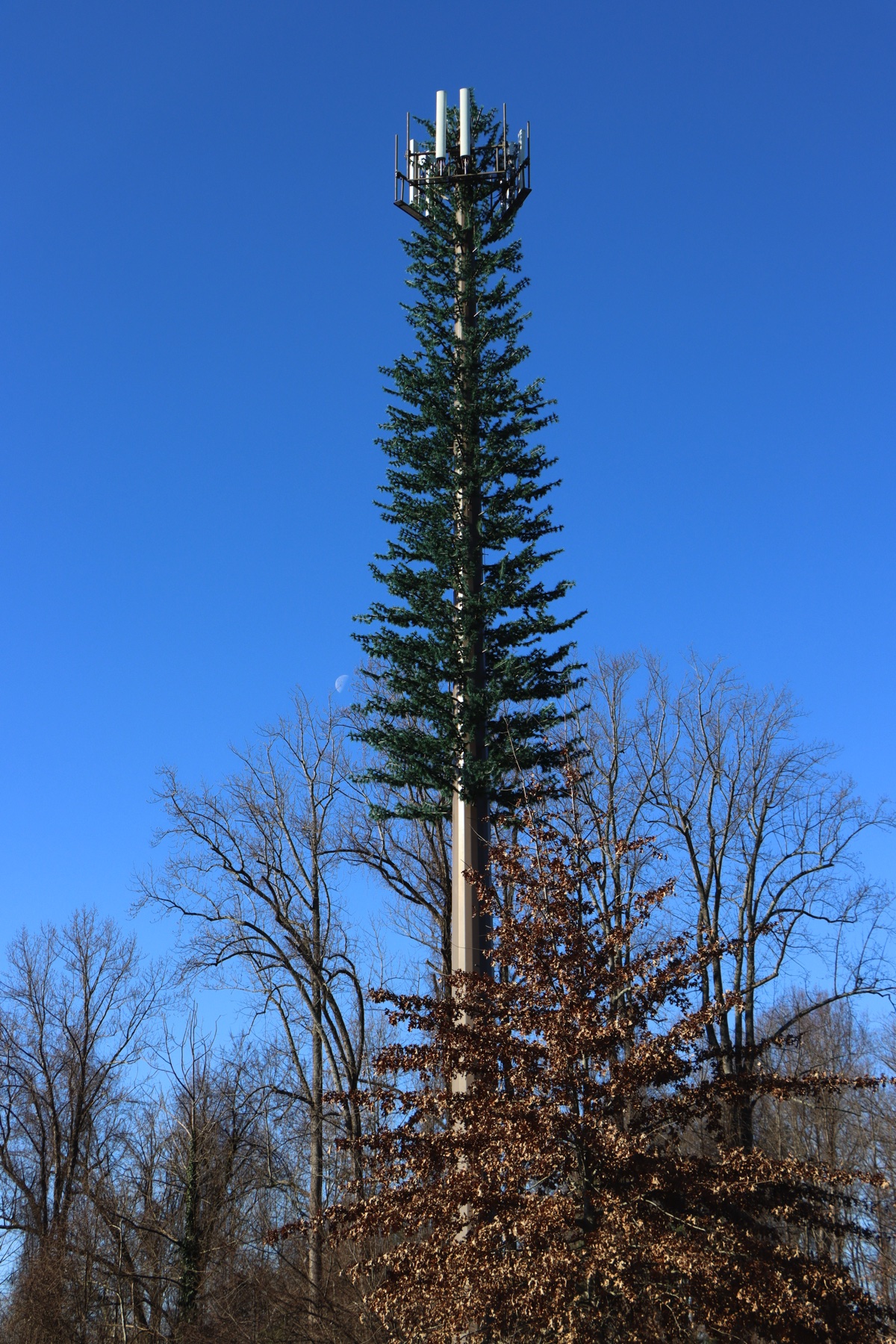While many in our industry focus on the science of 5G, appreciation for its art is often forgotten. The science of 5G seems obvious, spanning sub-6 GHz to mmWave and massive MIMO to beamforming. And yet, 5G is equal parts science and art.

The tower closest to my own home reaches for the sky like a mighty redwood that’s been transplanted 3,000 miles from its Pacific Northwest home. This majestic “Monopine” is a bit less conspicuous when the trees around it are more fully leafed in spring. It stands proudly, undaunted by changing seasons or unflattering reviews, while faithfully delivering four bars of reliable coverage.
As I drove past this gentle giant last week, I thought about the artist busily modeling the next 5G-enabled ash, poplar, elm, sable palm or saguaro cactus. This artificial arborist toils with steel, fiberglass and acrylic to create trunks, bark, branches and the “faux-liage” needed to convince the passerby. His work inspires me poetically, with apologies to author Joyce Kilmer.
I think that I shall never see
5G lovely as a tree.
A tree whose antenna leaves are prest,
by Raycap STEALTH® at Sprint’s request.
A tree that looks not like a tree,
yet lifts RF and sets her free.
A tree that may in summer wear
balloons and bags blown in her hair.
Upon whose branches snow has lain,
or birds may seek to nest in vain.
Poems are made by fools like me,
but only carriers make 5G a tree.
When not writing poetry, Brent Dietz serves as the Director of Corporate Communications at Qorvo. Follow him on Twitter at @QorvoInc.

